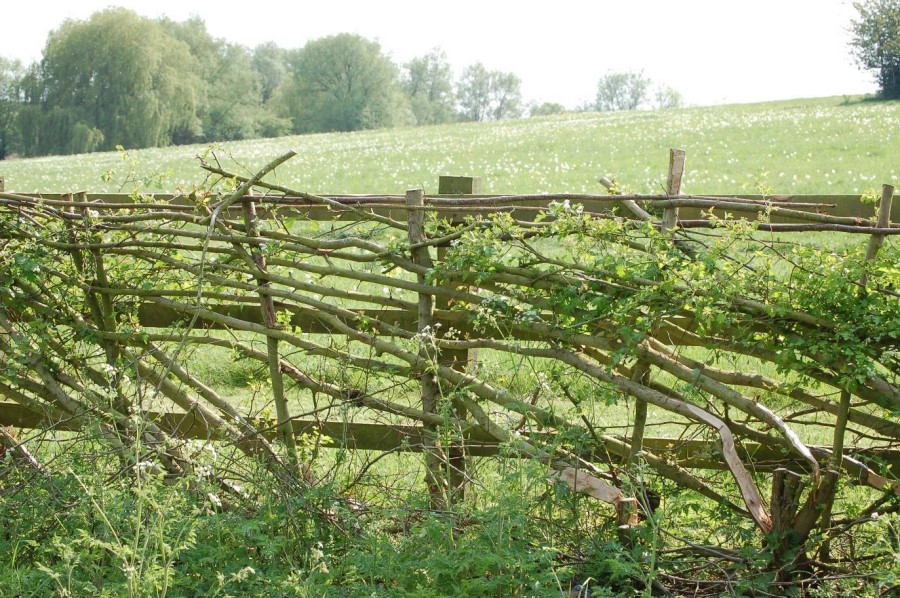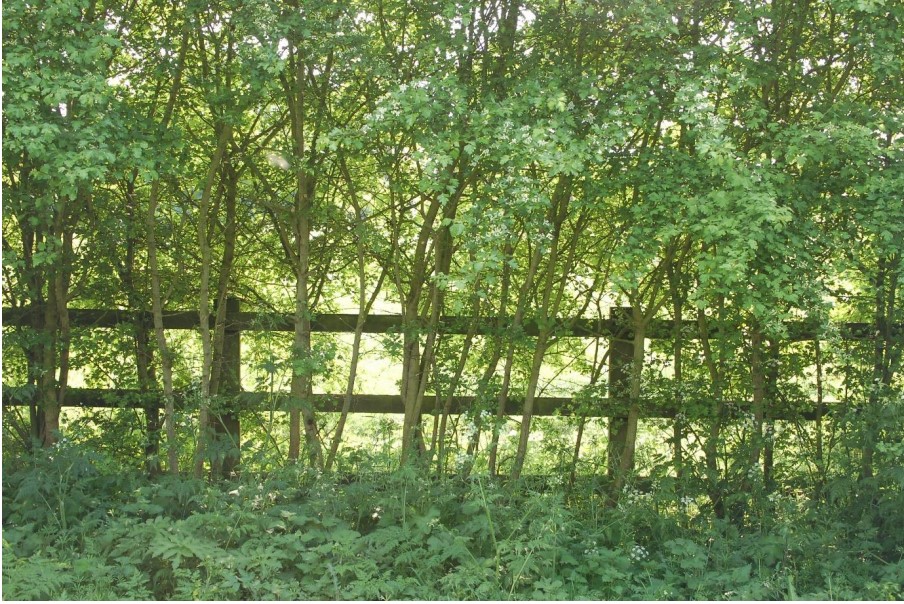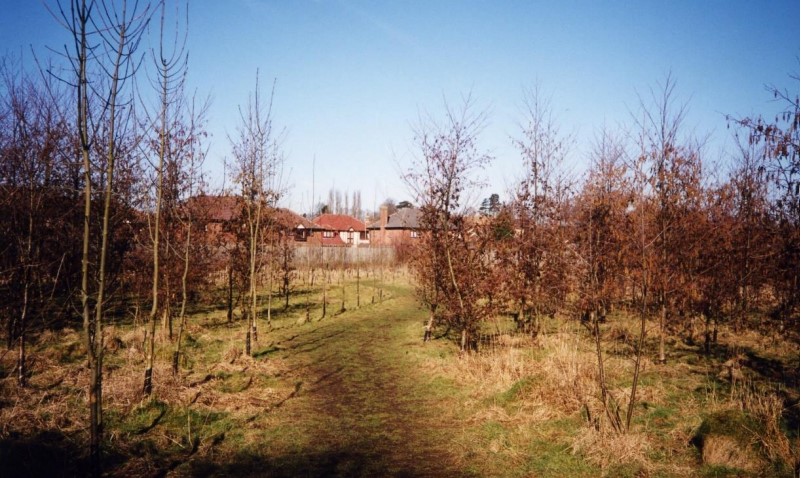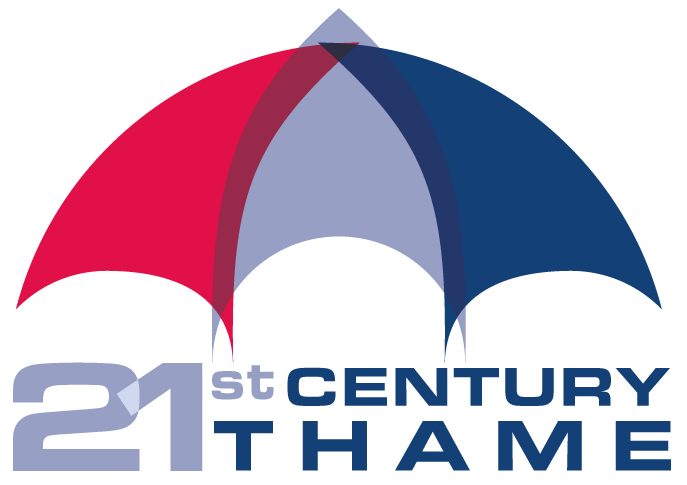Mike Furness and John Morris took us on a tour of the Cuttlebrook Nature Reserve on 4th February.
Over 30 years ago Mike and John led on the project to turn neglected fields and development waste land into the first nature reserve in Thame.
Mike negotiated with Thame Town Council for the lands use to be a nature reserve, then, with John’s help, brought a team of people together to plant trees and create environments for our local wildlife.
More recently the reserve has become a wonderful resource for local people, from bird watchers to ramblers and all these facts are the reason for doing these tours.
Up until 1995 the area that is the reserve now had very few trees and very little wildlife.
Here are photos of some of the team starting work nearly 30 years ago.




Over the past 30 years Mike, John and a whole team of dedicated individuals have met on the reserve at least twice a month. They have built a bridge – ‘Watkins’ bridge. They have planted up woods – recently the Ash trees planted at Cox’s Wood had to be cut down because they had succumbed to the Ash Die Back disease – but within the last month the whole area had another 70 trees planted to replace them.



Throughout the year the Cuttlebrook Conservation Volunteers ensure that the brook is free flowing, they keep a path cut to encourage walkers to avoid disturbing flora and fauna, they have developed sedge beds and keep the pond maintained.
Of course, other tasks that have been done regularly is to litter pick, recently with help from Thame Wombles and with the Town Council emptying those bins that save us all from having to carry poop bags all the way home.
The tour was fascinating as a historic walk but it was also important for Mike and John to get us to understand how our modern lives can have an impact on the wildlife. If you walk around Cuttle Brook along the river – you might notice thin branches stuck into the bank with other branches intertwined. This is called Spiling. It’s a traditional technique used in the prevention of erosion to river and stream banks. The biggest threat to the river banks of the Cuttle Brook are where dogs go in and out of the water. The other important bit of information that we all didn’t know was that the insects that live in the water are not as abundant as they should be! Unfortunately, the tick treatments that are used to control fleas on dogs wash off in the river and negatively affect the bug life that is so important to the ecology of the river.
So please do enjoy the nature reserve but do remember that nature needs its space.
Generally, please keep to the cut paths, reduce the time your dog spends in the water, and please don’t let your dog swim in the river if they’ve recently been treated for fleas.
Follow 21st Century Thame on Facebook or Instagram if you might want to do one of the tours as we will hopefully be organising more through the year.
2nd March 2023
Read more about some of the work and the issues:
CUTTLEBROOK NATURE RESERVE : http://cuttlebrook.org.uk/
SPILING : https://en.wikipedia.org/wiki/Spiling.
FLEA TREATMENTS AND WATER COURSES : https://freshwaterblog.net/2020/11/17/pet-flea-treatments-cause-toxic-chemical-pollution-in-english-rivers/
FLEA TREATMENTS AND WATER COURSES :https://www.theguardian.com/environment/2020/nov/17/pet-flea-treatments-poisoning-rivers-across-england-scientists-find




